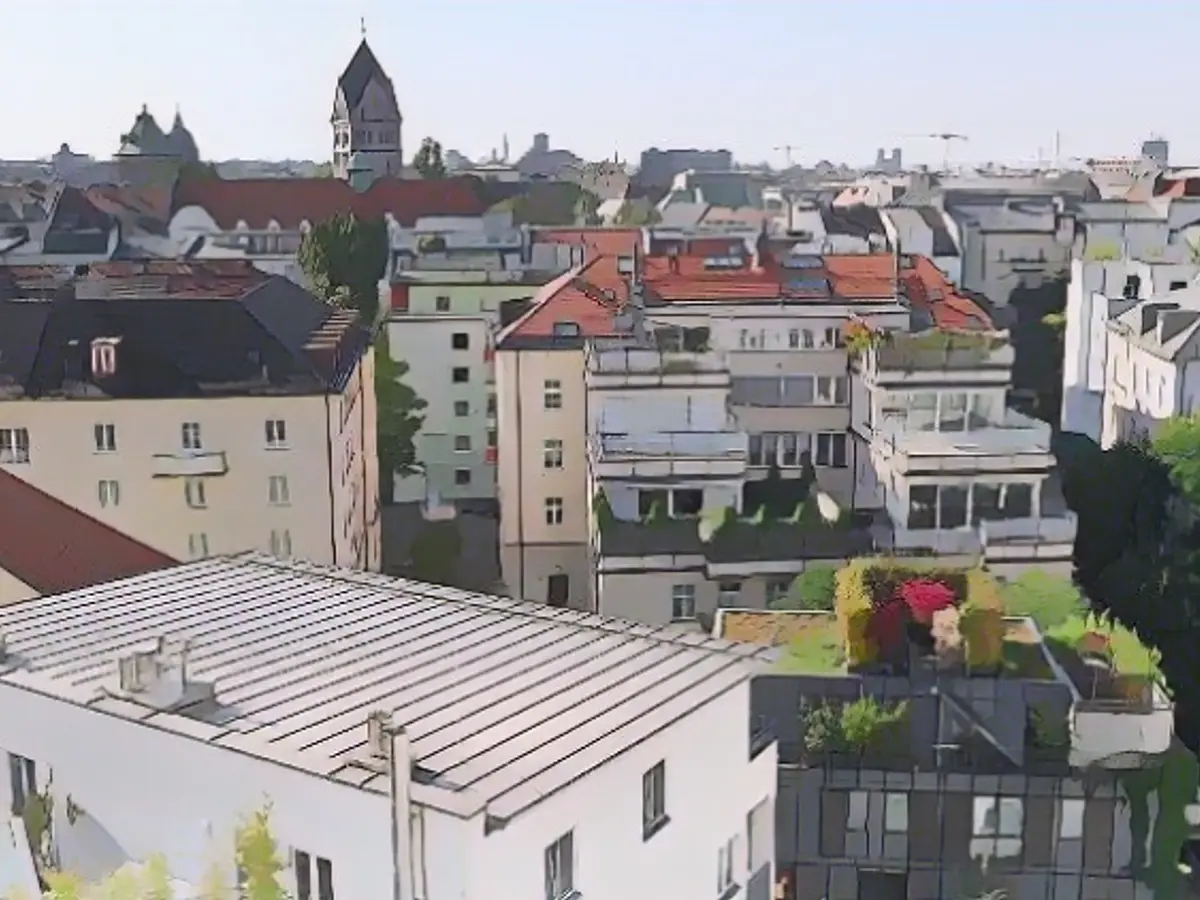Germany's housing market is witnessing a significant shift, with residential vacancy rates plummeting due to high demand and a stalled construction sector. According to a study by Empirica and CBRE, the market-active vacancy rate dropped to 2.5% at the end of 2022, a 53,000 unit decrease from the previous year. This was the most substantial decrease in over 20 years, primarily attributed to the influx of refugees from Ukraine.
This housing crunch is particularly affecting cities with already low vacancy rates, such as Munich, Frankfurt am Main, Münster, and Freiburg. The demand for housing in these cities is so high that rent prices are likely to keep escalating, worsening the situation by 2025.
The good news, for those watching their wallets, is that immigration numbers have started to decrease. However, the construction sector is grappling with a time lag due to rising interest rates and costs, which means the number of completed apartments will eventually decrease. This spell further shortages, leading to increased rents.
Looking at the most and least vacant cities, Munich boasts the lowest vacancy rate of 0.1%, followed by Frankfurt am Main, Münster, and Freiburg at 0.2% each, and Erlangen at 0.3%. On the other hand, Pirmasens in the west and Frankfurt/Oder and Dessau-Roßlau in the east have the highest vacancy rates, at 8.6%, 8.4%, and 8.3%, respectively.
Empirica considers market-active vacancies, excluding vacancies in dilapidated or dysfunctional properties. When accounting for all vacancies, the total vacancy rate stands at 1.18 million apartments and 0.55 million apartments in owner-occupied homes.
This mounting pressure on housing in Germany is influenced by several factors. These include the city's popularity, limited housing supply, and strong economies driving up rental prices. Meanwhile, the regulatory environment is yet to correctly balance the interests of renters and landlords.
In Munich, the average cold rent stands at EUR19.30 per square meter, surpassing the German average of EUR8.68 per square meter. Frankfurt am Main also experiences high rents, with an average of EUR14.97 per square meter and a 3.1% rent increase. Similar trends in Berlin and Hamburg have led to notable rent increases across the country.
In essence, Germany's housing market is facing challenging times with an ever-growing population, shrinking housing supply, and strong economic growth driving up demand and pushing up rent prices.





